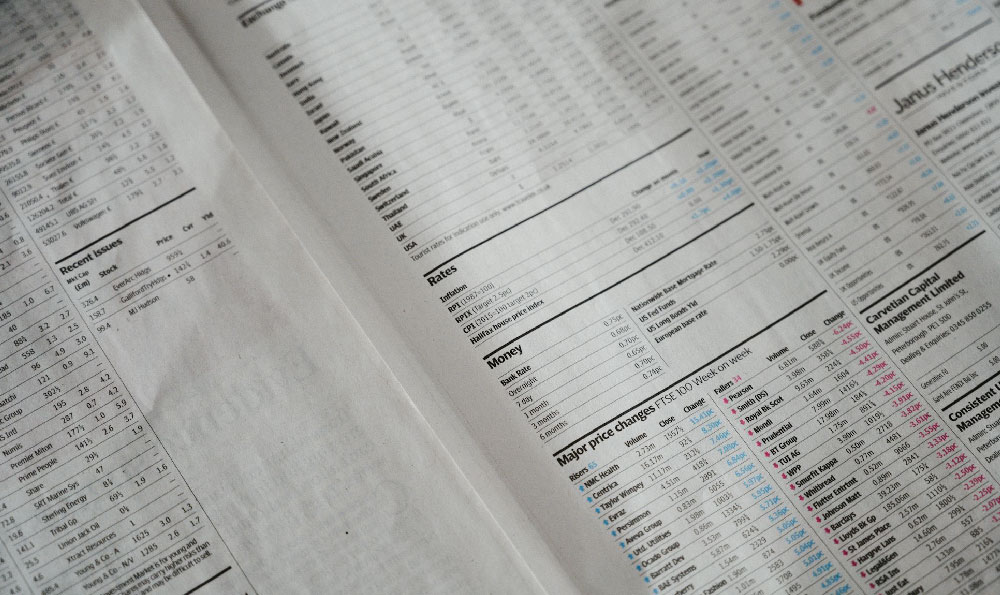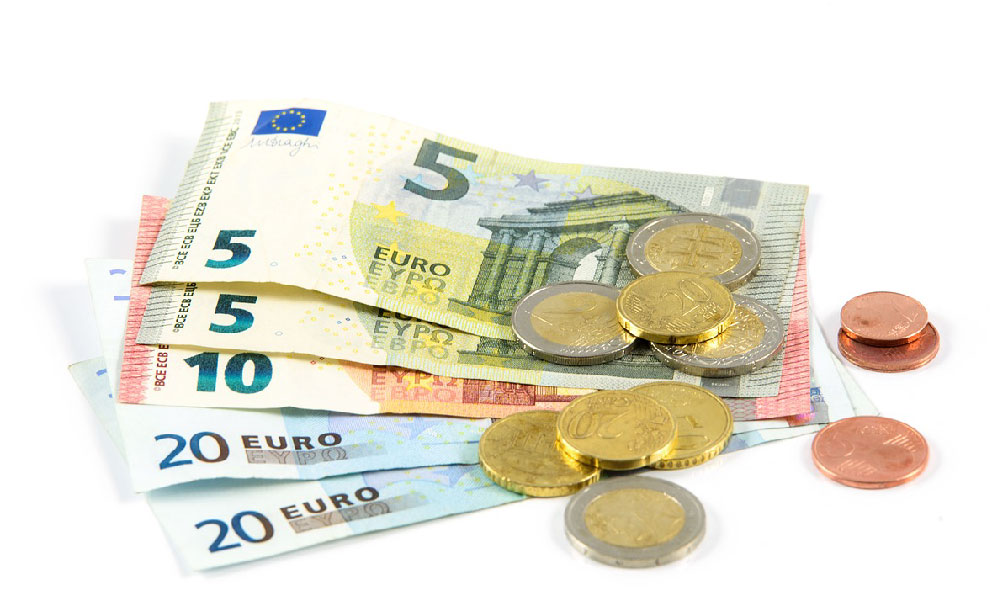How Much Can You Make Doing DoorDash, and Is It Worth It?
DoorDash, the popular food delivery platform, has become a ubiquitous sight on city streets. For many, it represents a flexible way to earn extra income. But the crucial question remains: how much can you realistically make doing DoorDash, and is it truly worth the effort? The answer, as with most things in the gig economy, is complex and depends on a multitude of factors.
Let's begin by dissecting the earning potential. DoorDash drivers, or "Dashers," are paid per delivery. This payment typically comprises a base pay, which can fluctuate based on distance and demand, supplemented by customer tips. The base pay is often criticized for being low, sometimes hovering around just $2 or $3 per delivery. This is where tips become essential. A generous tipper can significantly boost your earnings, while a stingy one can make an order feel almost unprofitable, especially when considering expenses.
Beyond the immediate payment per delivery, several factors influence a Dasher's earning capacity. Location is paramount. Densely populated urban areas with a high concentration of restaurants generally offer more delivery opportunities. These areas also tend to have higher demand, which can trigger surge pricing (often called "Peak Pay" by DoorDash), further increasing earnings per delivery. Conversely, rural or suburban areas with fewer restaurants and lower demand may result in long wait times between orders and fewer overall opportunities to earn.

The time of day is another critical factor. Lunch and dinner rushes are typically the busiest and most lucrative times to Dash. Weekends, particularly Friday and Saturday evenings, are also prime earning periods. Dashing during off-peak hours, like mid-afternoon or early morning, may result in fewer orders and lower overall income. Furthermore, holidays and special events can dramatically impact demand, either positively or negatively, depending on the specific circumstances.
Competition among Dashers also plays a significant role. If there are too many Dashers competing for a limited number of orders, your earnings per hour will inevitably decrease. DoorDash attempts to manage this by controlling the number of Dashers allowed on the platform at any given time, using a scheduling system or limiting access during slower periods. However, even with these measures, competition can still be fierce in certain areas.
Now, let's address the often-overlooked expenses associated with Dashing. These expenses directly impact your net earnings and are crucial to consider when evaluating whether it's "worth it." The most significant expense is undoubtedly fuel. Depending on the fuel efficiency of your vehicle and the distance you drive per delivery, gas costs can quickly eat into your profits. Vehicle maintenance is another significant expense. Frequent use of your car for deliveries can lead to accelerated wear and tear, requiring more frequent oil changes, tire rotations, and other repairs. Insurance is another factor. While your personal auto insurance may provide some coverage, it's often recommended to obtain additional coverage specifically for delivery driving, which can be more expensive. Finally, consider the cost of data usage on your smartphone, which is essential for navigating, accepting orders, and communicating with customers.
To accurately assess your net earnings, it's essential to meticulously track all your income and expenses. Several apps and spreadsheets can help you monitor your earnings per hour, miles driven, gas costs, and other expenses. This data will provide a clear picture of your true profitability and allow you to make informed decisions about your Dashing strategy.
Beyond the purely financial aspects, there are other factors to consider when determining if DoorDash is "worth it." Flexibility is a major draw for many Dashers. The ability to set your own hours and work around your own schedule is a significant advantage. This can be particularly appealing to students, parents, or anyone seeking a side hustle that fits their lifestyle. However, this flexibility comes at a price. Income can be unpredictable, and you may need to work long hours or during undesirable times to earn a decent income.
The physical demands of Dashing can also be a factor. Spending long hours behind the wheel, navigating traffic, and making frequent stops can be tiring and physically demanding. It's important to prioritize your safety and well-being by taking breaks, stretching, and avoiding distractions while driving.
So, is DoorDash worth it? The answer is highly personal and depends on your individual circumstances, goals, and priorities. If you live in a busy area with high demand, are willing to work during peak hours, and are diligent about tracking your expenses, you may be able to earn a decent income. However, if you live in a less populated area, are not willing to work during peak hours, or are not careful about managing your expenses, you may find that the effort is not worth the financial reward.
Ultimately, the best way to determine if DoorDash is right for you is to try it out and track your results. Experiment with different times of day and locations, monitor your expenses carefully, and adjust your strategy as needed. By carefully evaluating the financial and non-financial aspects of Dashing, you can make an informed decision about whether it's a worthwhile pursuit for you. Remember, it’s not just about the potential gross income, but the net profit after expenses and the value you place on your time and effort.















